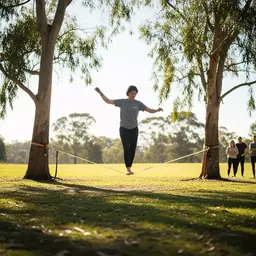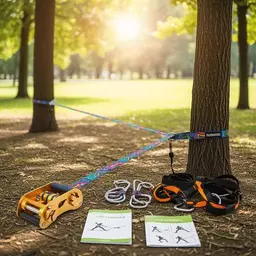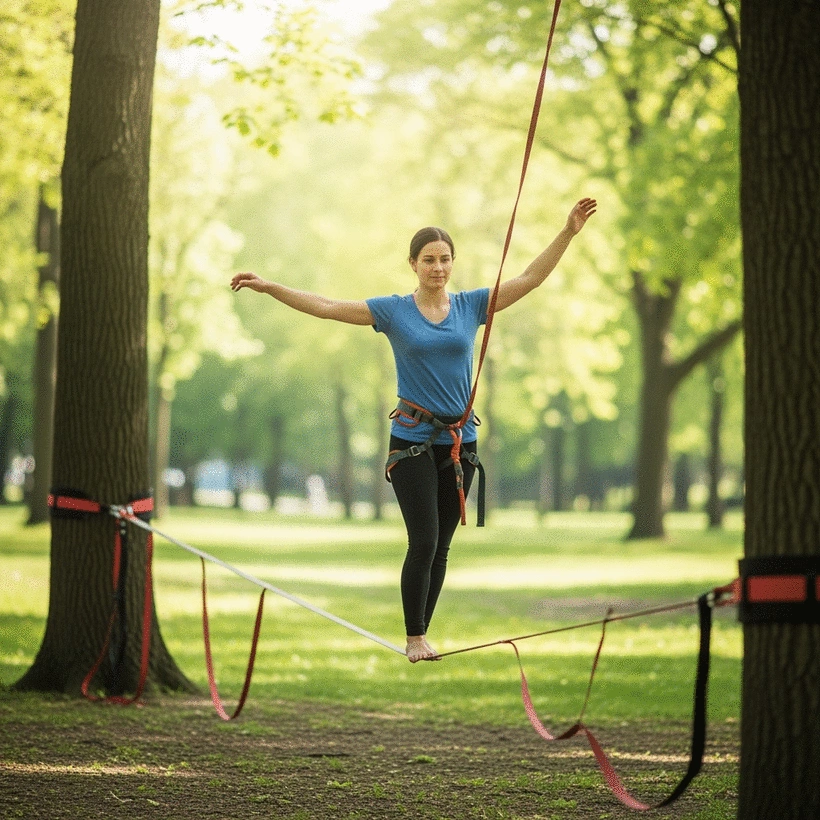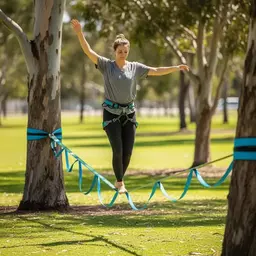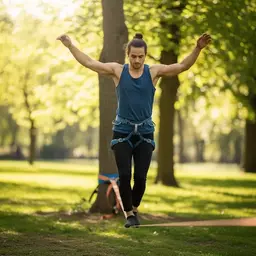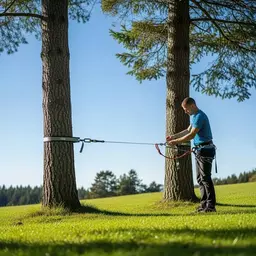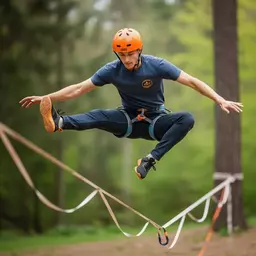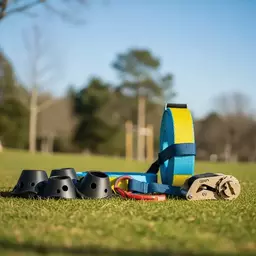Slackline Safety: Common Setup Mistakes
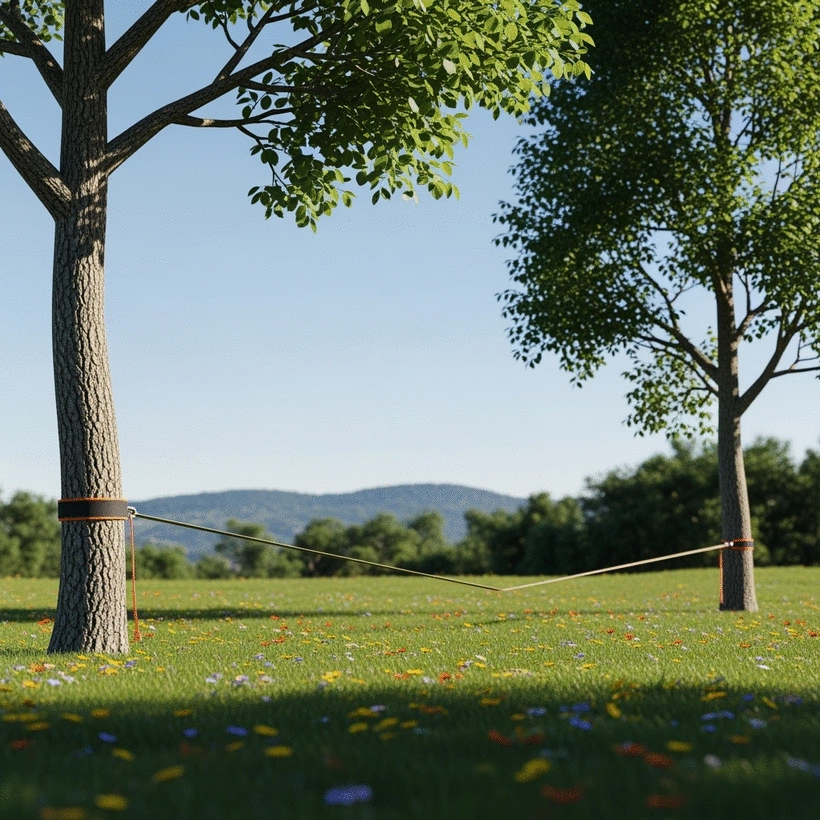
Are you ready to embark on a thrilling slacklining journey? Prioritizing safety is essential for enjoying this exhilarating sport while minimizing risks. Let’s explore the vital lessons you’ll uncover in this guide to ensure a safe and enjoyable slacklining experience!
What You Will Learn
- The importance of establishing a safe setup location before starting slacklining.
- Key pieces of safety gear, including helmets and crash mats, that can significantly reduce injury risk.
- Essential techniques for balancing and preventing falls while slacklining.
- Common risks associated with slacklining and how to mitigate them effectively.
- Best practices for creating a respectful slacklining culture within the community.
- How to engage with fellow slackliners and participate in events for a richer experience.
Slacklining Safety Essentials: Risks, Gear, and Techniques
Understanding the key elements of safe slacklining is crucial for beginners and experienced practitioners alike. This visual breaks down common risks, essential gear, and proper techniques. For a deeper dive into preparation, consider reading our Slackline Setup: A Beginner's Guide.
Common Risks
- Falls: Bruises or serious injuries.
- Collisions: With people or objects.
- Improper Setup: Snapping or instability.
Essential Safety Gear
- Helmet: Protects head from falls.
- Pad/Crash Mat: Cushions impact.
- Proper Shoes: Good grip for balance.
Injury Prevention Techniques
- Start Slow: Practice low to the ground.
- Focus: Steady gaze at a fixed point.
- Footing: Smooth weight shifting.
Key Safe Practices
- Inspect Gear: Before every use.
- Proper Techniques: Balance & falling safely.
- Safe Locations: Ample space, soft ground.
Understanding Slacklining and Its Safety Importance
Have you ever tried walking across a slackline? It's an exhilarating balance sport that challenges both your physical and mental strength! But before you jump in, it’s essential to understand the importance of safety in slacklining. This sport, while fun, requires proper precautions to ensure you can enjoy it without injury.
What Is Slacklining and Why Is Safety Crucial?
Slacklining involves walking, balancing, or performing tricks on a narrow, tensioned piece of webbing that is anchored between two points. It combines elements of tightrope walking and yoga, making it an exciting activity for all ages. However, understanding safety is crucial because the potential for falls and injuries exists, especially for beginners. Proper safety measures can make a world of difference in your experience!
- Establishing a safe setup location
- Wearing the right gear
- Learning essential techniques
By focusing on safety, we not only protect ourselves but also create a positive environment for everyone involved. So let’s dive deeper into why safety matters in slacklining!
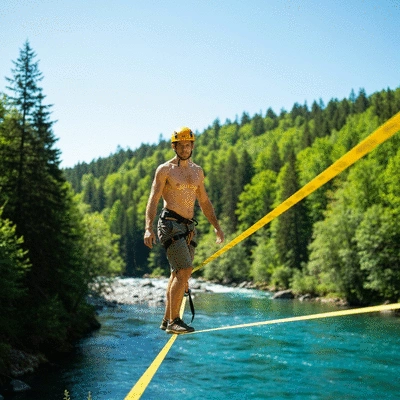
Common Risks Associated with Slacklining
While slacklining can be a thrilling adventure, there are inherent risks that practitioners should be aware of. The most common risks include:
- Falls: Losing balance can lead to falls, resulting in bruises or more serious injuries.
- Collisions: If you're slacklining in a public space, you risk colliding with other people or objects.
- Improper Setup: An incorrectly tensioned line can snap or become unstable, causing accidents.
Being aware of these risks can help you take necessary precautions to mitigate them. I always remind myself to assess my surroundings and set up in safe, open spaces, which makes a big difference! For more detailed guidance on safe setups, check out our Slackline Safety Setup Guide.
The Importance of Safety Gear in Slacklining
Equipping yourself with the right safety gear is essential for a successful and safe slacklining experience. Here are some key items to consider:
- Helmet: Protect your head during accidental falls.
- Pad or Crash Mat: Use these to cushion your fall and reduce the impact.
- Proper Shoes: Wear shoes with good grip to help maintain balance.
Remember, having the right gear can significantly reduce the chances of injury and ensure you have fun while practicing. I always feel more confident with my helmet and crash mat in place!
Injury Prevention Through Proper Techniques
Preventing injuries in slacklining isn't just about gear—it's also about mastering the techniques. Here are a few tips to help you stay safe:
- Start slow—practice balancing close to the ground before trying higher setups.
- Focus on your breath and maintain a steady gaze at a fixed point to enhance your balance.
- Work on your footing; practice shifting your weight smoothly from one foot to the other.
By embracing these techniques, you can build your confidence and skill level in a safe manner. Trust me, as you practice and improve, you’ll truly experience the joy of balancing on a slackline!
Pro Tip
To enhance your slacklining experience, consider practicing mindfulness while on the line. Focusing your mind on your breath and the sensations in your body can help you achieve better balance. Think of it as a moving meditation—this not only improves your performance but also deepens your enjoyment of the sport!
Frequently Asked Questions About Slacklining Safety
Summarizing Safe Slackline Practices
As we wrap up our discussion on slacklining, it's essential to reflect on the key safety measures we've covered. Remember, safety isn’t just an afterthought; it’s the foundation of every successful slacklining experience. To ensure you're always ready for your next adventure, here’s a recap of the vital practices to keep in mind:
- Always inspect your gear before use.
- Utilize appropriate safety equipment, including helmets and pads.
- Practice proper techniques for balance and falling safely.
- Choose safe locations with ample space and soft ground.
Incorporating these measures not only enhances your personal safety but also promotes a culture of care within the slacklining community. As I always say, it's better to be safe than sorry!
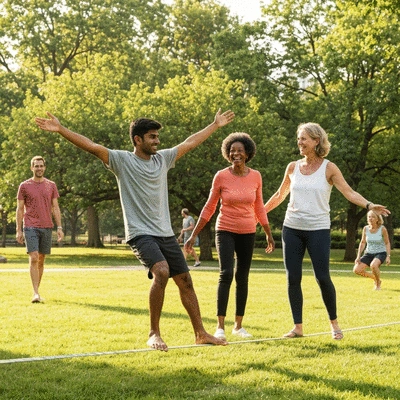
Encouraging a Respectful Slacklining Culture
Respect is a cornerstone of the slacklining community. To foster a positive atmosphere, we should always be considerate of our surroundings and fellow slackliners. This means:
- Cleaning up after ourselves and leaving the area as we found it.
- Asking for permission when using public spaces.
- Sharing the slackline with others and taking turns.
- Educating newcomers about safety and etiquette.
By embracing these principles, we cultivate a respectful environment that allows everyone to enjoy the thrill of slacklining. It’s about building connections and supporting one another—something I truly value in this amazing community!
The Role of the Slackline Community in Promoting Safety
The slackline community plays an integral role in promoting safety and awareness. As members of this vibrant network, we can:
- Organize workshops and safety clinics.
- Create online forums for sharing best practices and experiences.
- Encourage mentorship between seasoned slackliners and beginners.
- Advocate for responsible slacklining in public spaces.
By working together, we can elevate the standards of safety and support within our community, ensuring that slacklining remains a fun and safe activity for all.
Join the Slacklining Community Responsibly
Engage with Others and Share Your Knowledge
Joining the slacklining community isn’t just about practicing the sport; it’s about engaging with fellow enthusiasts and sharing what you know. Here are some ways to get involved:
- Participate in local slacklining meetups.
- Share your experiences and tips on social media.
- Write articles or create videos to help others learn.
- Volunteer in community slacklining events.
Connecting with others enhances our skills and fosters a sense of belonging. So don’t hesitate to reach out and share your slacklining journey!
Participating in Slackline Events and Competitions
One of the best ways to deepen your slacklining experience is by participating in events and competitions. These gatherings offer a fantastic opportunity to:
- Test your skills in a supportive environment.
- Meet other slackliners and make new friends.
- Learn from experienced competitors and coaches.
- Celebrate the sport we love together!
Whether you’re a beginner or seasoned pro, there’s always something to gain from participating. I encourage you to look up local events and join in on the fun! For those looking to improve their balance, our guide on Slackline Balance Techniques for All can provide valuable insights.
Call to Action: Start Your Slacklining Journey Safely
Are you ready to take the plunge and begin your slacklining adventure? Remember, safety should be your top priority. With the right knowledge and community support, you can embark on this thrilling journey confidently. So grab your gear, find a suitable location, and let’s get started! At Slackline Shop Australia, we’re always here to support you with the best resources and gear. For beginners, understanding the different types of equipment is key, so check out our Beginner's Guide to Slackline Kits. Your adventure awaits!
Recap of Key Points
Here is a quick recap of the important points discussed in the article:
- Always inspect your gear before use to ensure safety.
- Utilize appropriate safety equipment, including helmets and pads.
- Practice proper techniques for balance and falling safely.
- Choose safe locations with ample space and soft ground.
- Foster a respectful slacklining culture by cleaning up and sharing the slackline.
- Engage with the slacklining community for support and knowledge sharing.
- Participate in events and competitions to deepen your slacklining experience.
